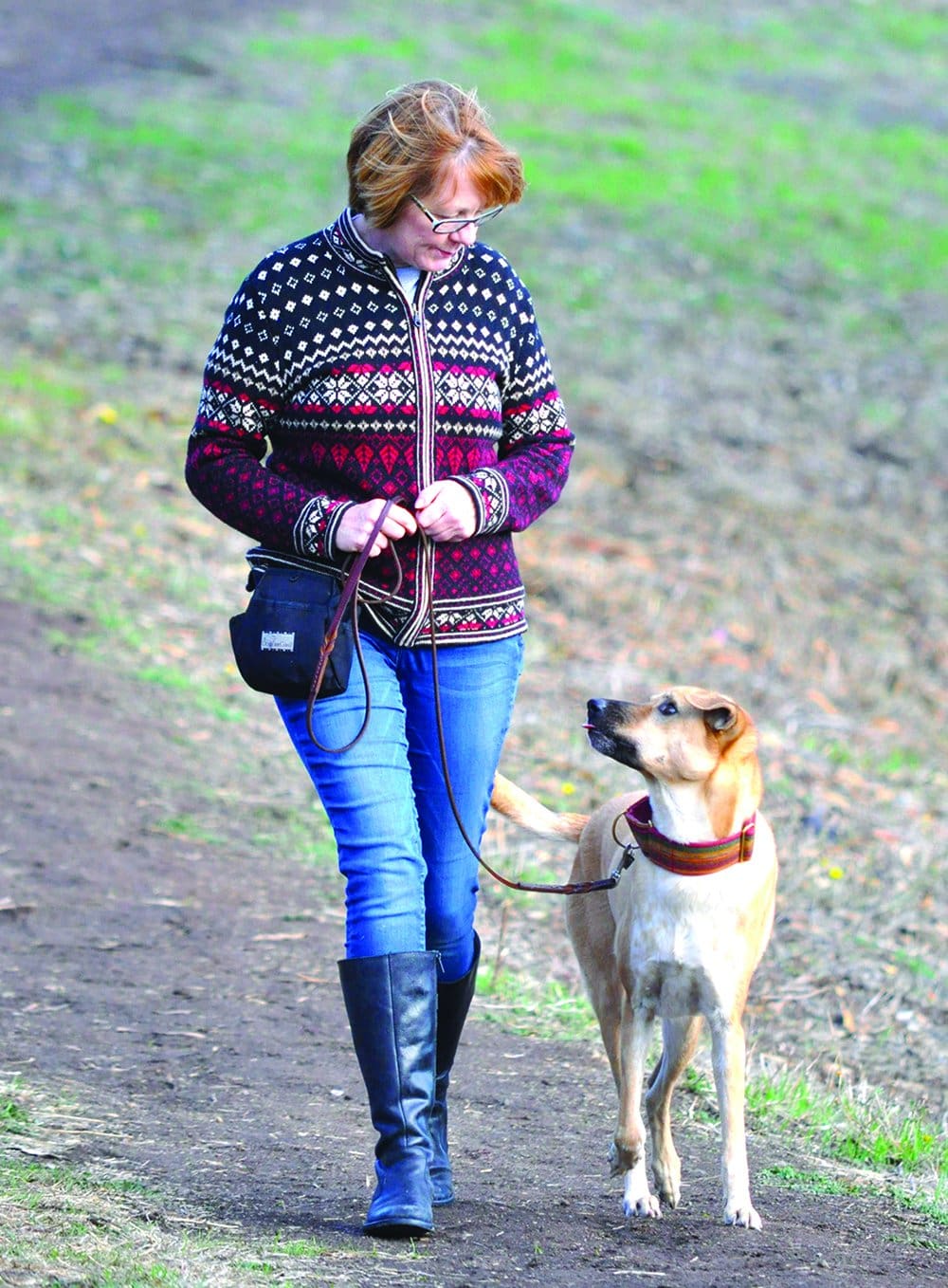There are many examples where eye contact is useful in our training and every day activities with our dogs. Here are some of them:

✓✓ Attention for focused heeling
✓✓ Keeping attention while waiting to give next cue
✓✓ Maintaining attention so your dog doesn’t pester passersby in public places
✓✓ Keeping focus for duration of a wait or stay”
✓✓ Holding attention during demonstration of behavior for imitation training
✓✓ Keeping attention while hiding treats to teach “Find it” behavior
✓✓ Teaching directional exercise in advanced obedience competition
✓✓ Teaching directional signals for Treibball and herding
As valuable as eye contact can be, there are also times when it can be a hindrance. In K9 Nosework, tracking, earthdog trials, and a variety of other canine activities, the dog is supposed to be focused on the task, not the handler. As I recently learned, this is true of agility, too.
Our Kelpie, Kai, is a master at eye contact. My husband and I recently signed up for a foundation agility class with Kai at Kamp Kitty in nearby West Virginia. We entered the training center proudly on the first day of class with him heeling next to me, and beautifully focused on me. To our dismay, we were told that kind of focus is detrimental to agility, where the dog needs to focus on the equipment, not the handler. Fortunately Kai is bright and adaptable, quickly figured out the new rules, and dearly loves to play the agility game.
As much as we value eye contact, we also need to remember to give our dogs time just to be dogs. Focused leash-walking is great, but it’s quite taxing. (Imagine taking every walk with your eyes fixed on your best friend’s face the entire time!) Our canine companions also need plenty of time to smell the flowers, read the pee-mail, and chase the occasional squirrel up a tree.





